The Wines of Santorini
€ 65.00 incl. VAT
Currency conversions are provided for informational purposes only. Checkout is done in EURO.
A complete wine story that everyone can read, an overview of the island of Santorini and a reference base for visitors, wine lovers and professionals.
By Yiannis Karakasis, MW
Pages: 400
Hardcover
Language: English
Dimensions: 19 X 24.5cm
Out of stock
Notify me when item is back in stock.

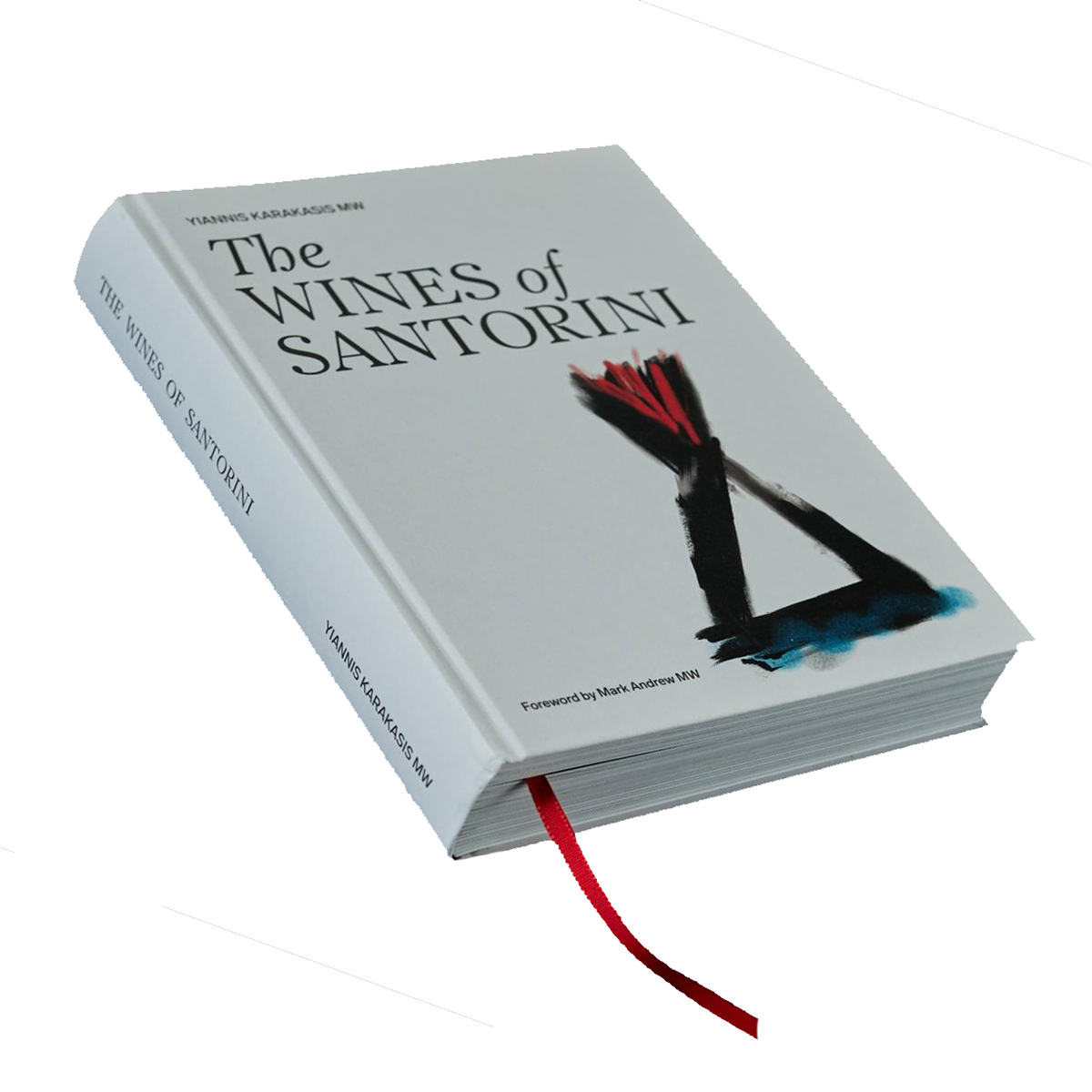
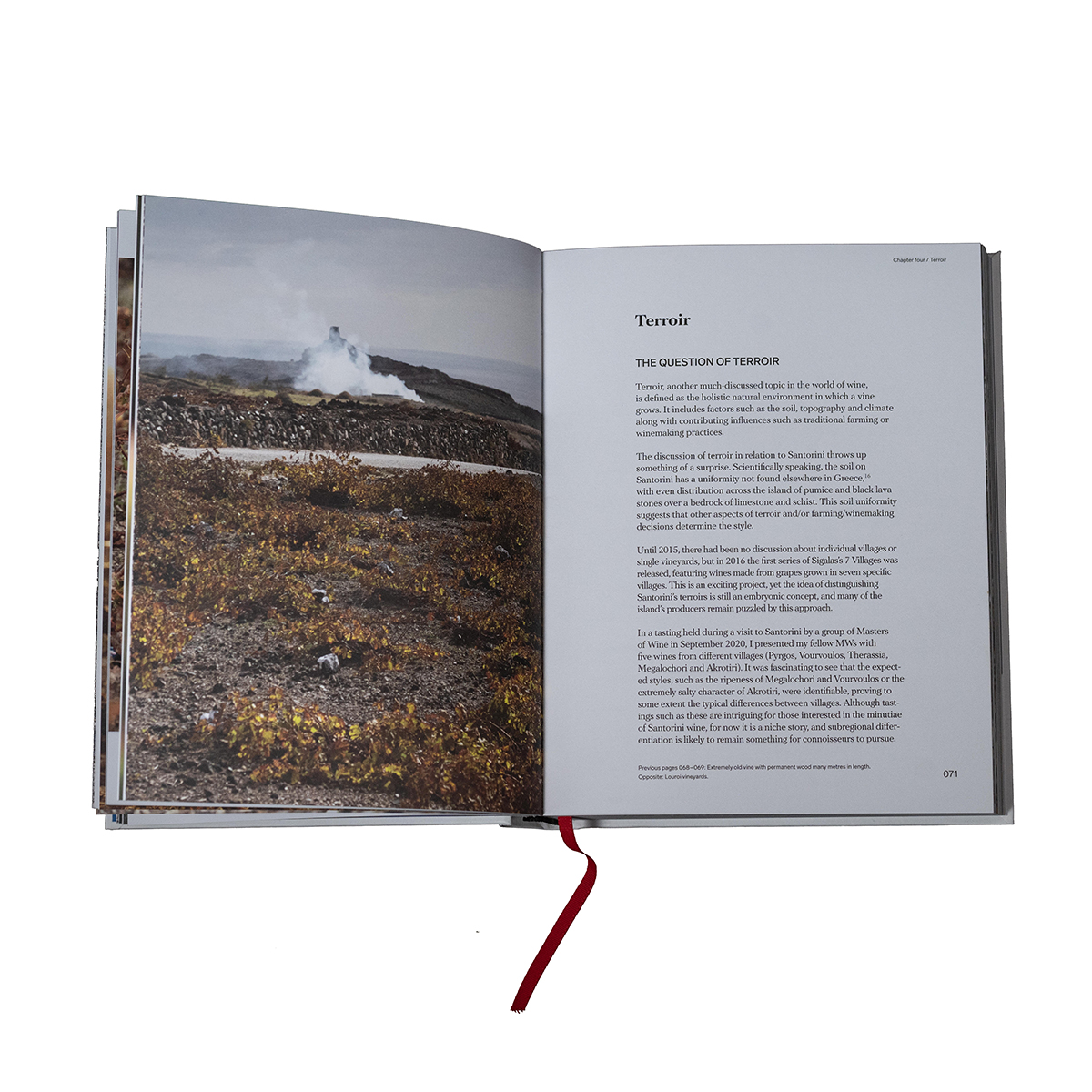
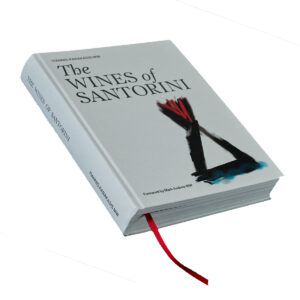
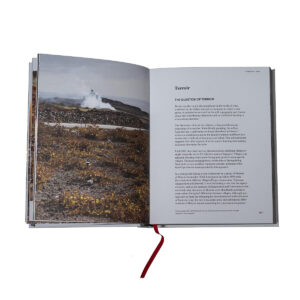

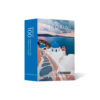
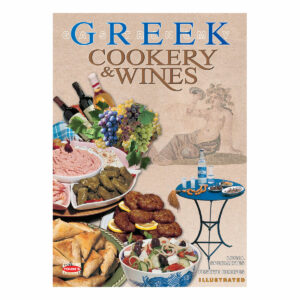
Reviews
There are no reviews yet.